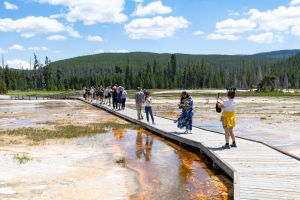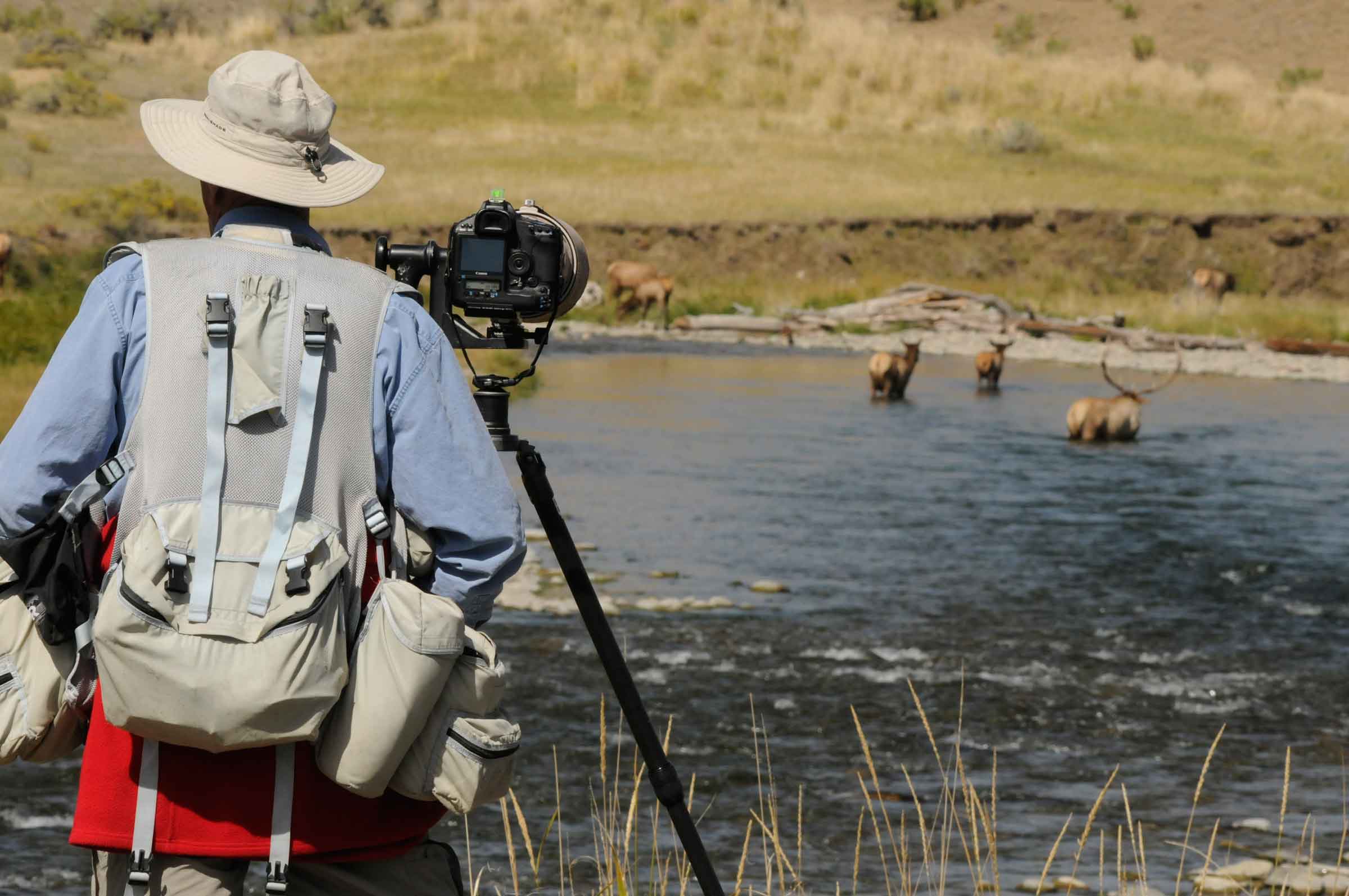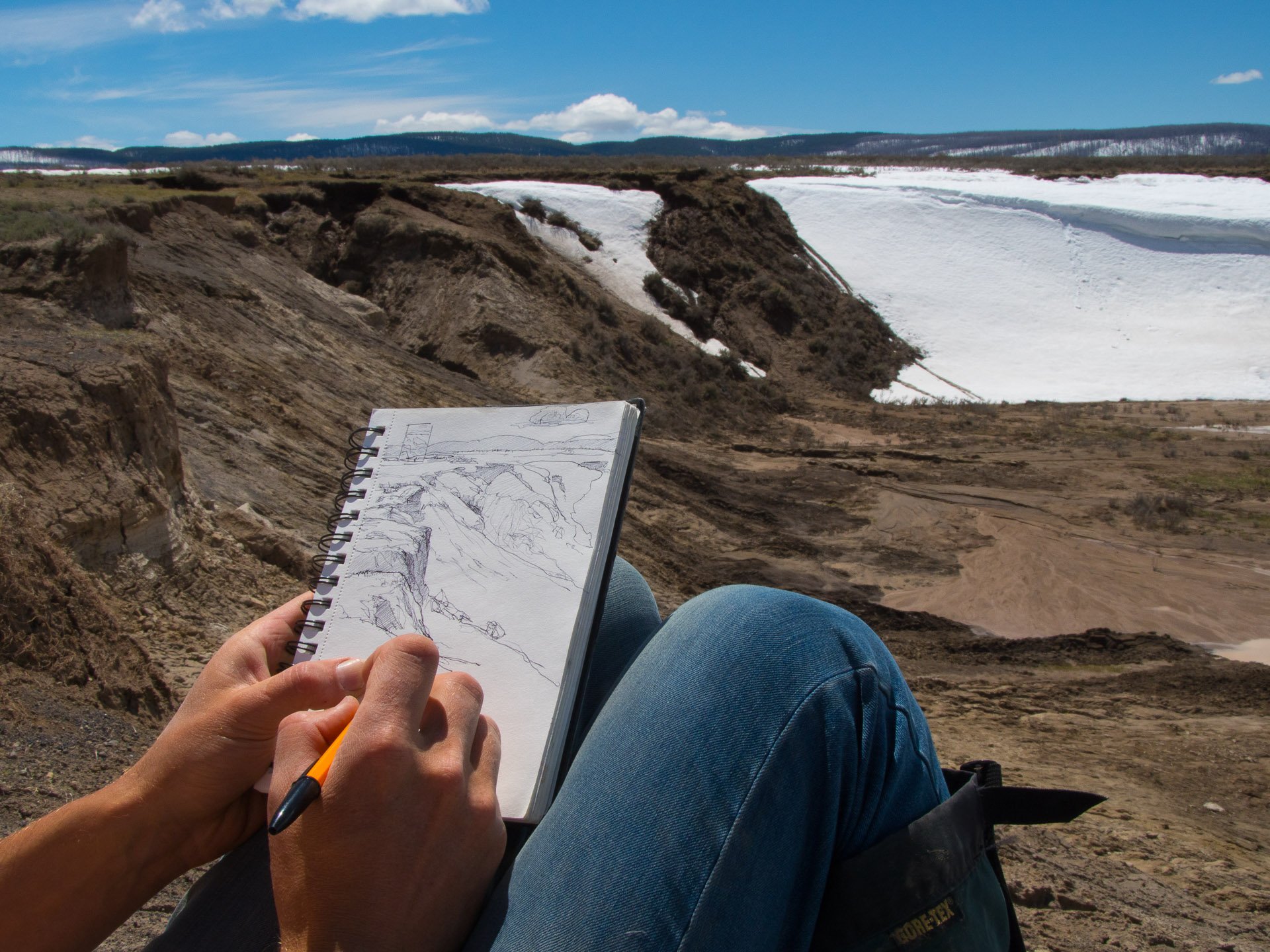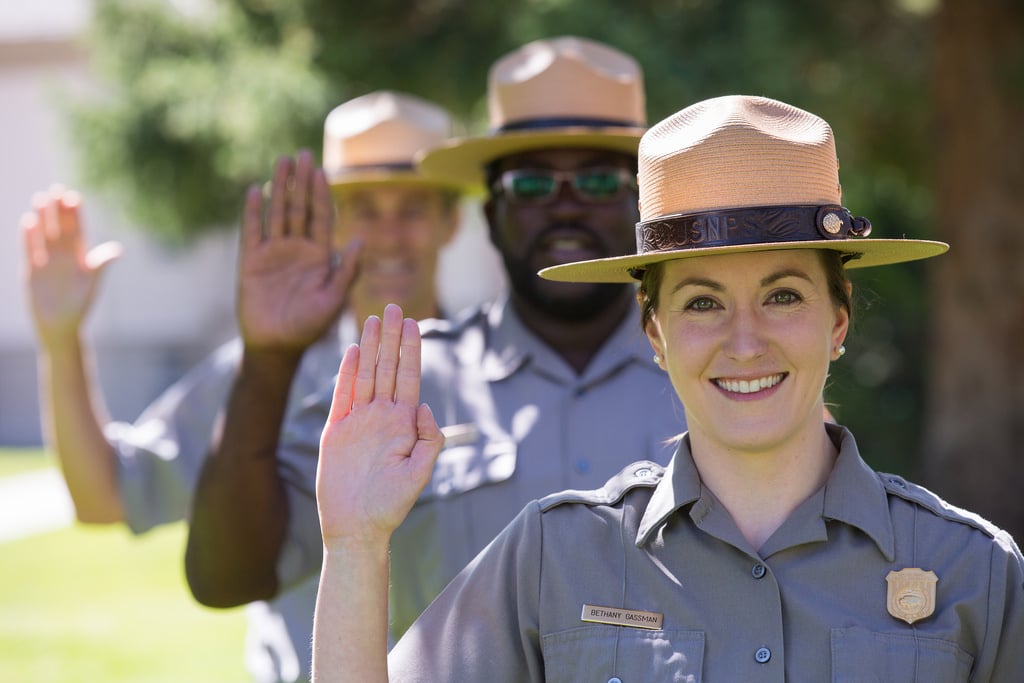What Not to Do in Yellowstone: 5 Essential Tips
What Not to Do in Yellowstone National Park
Visiting Yellowstone National Park is a bucket-list adventure, offering breathtaking landscapes, abundant wildlife, and iconic geothermal features. However, as one of the most treasured natural wonders in the United States, Yellowstone requires visitors to be mindful of its unique environment and adhere to specific rules to ensure safety and preservation. Before you set out on your adventure, here are five essential tips on what not to do in Yellowstone to make your trip enjoyable and responsible
1. Don’t: Leave Boardwalks or Designated Trails
Yellowstone sits atop one of the largest active volcanic systems in the world, and its famous geothermal features — geysers, hot springs, mud pots, and fumaroles — are both mesmerizing and extremely dangerous.
Do: Stay on the marked path or boardwalk.
Yellowstone has numerous miles of boardwalks and well-marked trails to keep visitors safe while minimizing damage to its fragile ecosystems. The ground may look solid, but it’s not. Just beneath the surface, the earth is often thin and fragile, with scalding hot water, acidic mud, or boiling steam vents. Some bacteria and organisms living in these hot environments are found nowhere else on Earth. Walking off-trail or the boardwalk not only endangers you — it can irreversibly damage rare lifeforms and formations that took centuries to develop.
Supervise children closely, as it’s easy for them to wander or run without realizing the risks. Respect the barriers and signs, and never step off the trail for a “better shot.” Dogs, bikes, scooters, skateboards, and one-wheels are not allowed on boardwalks.

NPS Image
2. Don’t: Take Selfies with Wildlife
It’s impossible to be close enough to any wild animal in Yellowstone to take a selfie without disturbing the animal and putting yourself in serious danger. Animals work very hard to survive the harsh seasonal conditions in the park; any impact from humans only makes their struggle more difficult.
Do: Keep your distance.
The park requires visitors to stay 100 yards—the length of a football field—away from bears, wolves, and nesting birds, and 25 yards from all other wildlife. Even if you are at a legal distance from an animal, watch their behavior – if they change what they’re doing as a result of your movements, you’re too close. Some animals – like bull bison or elk during the rut – can still be quite dangerous and unpredictable even at 25 yards; consider giving them more space.

3. Don’t: Take Natural Souvenirs
Remember the old adage “take only pictures, leave only footprints?” That guidance is especially true in Yellowstone, where millions visit each year. While it’s tempting to pocket rocks, antlers, and flowers for souvenirs, removing items from the landscape can have a huge impact on the natural quality of the park.
Do: Enjoy Natural Objects Where They Are
Find an interesting rock? Or a field of wildflowers? Take photographs, or make a quick sketch. Slowing down to “capture” a natural item that you find interesting or beautiful helps you make a more meaningful memory.

Jenny Golding Image
4. Don’t: Rely on Cell Service for Navigation.
Many visitors assume Yellowstone is like any other travel destination, where your phone or GPS device can easily guide you around. This is not true! At over 2.2 million acres and with over 350 miles of paved roads in the park, most of Yellowstone has little to no cell reception. Even in developed areas like Old Faithful or Canyon Village, signal strength is unreliable and often unavailable.
Do: Know Your Route and Carry a Physical Map
Pick up an official park map at entrance stations, visitor centers, or download and print maps before you arrive. Familiarize yourself with road closures, construction, and seasonal road closures before you arrive. Download the official NPS app and save Yellowstone National Park for offline use. This app will make the most of your visit with interactive maps, things to do, self-guided tours, amenity locations, and more. You can also download offline maps in apps like Google Maps, Apple Maps, AllTrails, onX, and more. Know where your next stop is before you hit the road. Around 50 miles of road separates popular sights like Old Faithful and the Grand Canyon of the Yellowstone. So your next stop could be an hour away.

NPS Image
5. Don’t: Ignore the signs
It takes nothing short of a miracle to shepherd more than 4 million visitors through the park in the summer and make sure that folks don’t fall in a hot spring or get charged by a wild animal. Park rules, boardwalks, and signs are designed to allow visitors to enjoy the beauty of Yellowstone safely, while protecting the park. Usually, rules are based on hard-learned lessons.
Do: Your Part To Be A Good Steward
You can help set the example for park stewardship. It’s impossible for park rangers to be everywhere; it’s up to visitors to follow the rules and keep themselves safe. Be aware of the park’s rules and regulations, and adhere to them. Take the Yellowstone Pledge. “I pledge to protect Yellowstone National Park. I will act responsibly and safely, set a good example for others, and share my love of the park and all the things that make it special.”

NPS Image
For A World of Unforgettable Experiences® available from Xanterra Travel Collection® and our sister companies, visit xanterra.com.
Want to experience Yellowstone in-depth? See what makes Yellowstone National Park a great place to work for a season or longer!